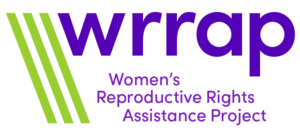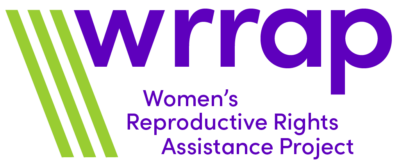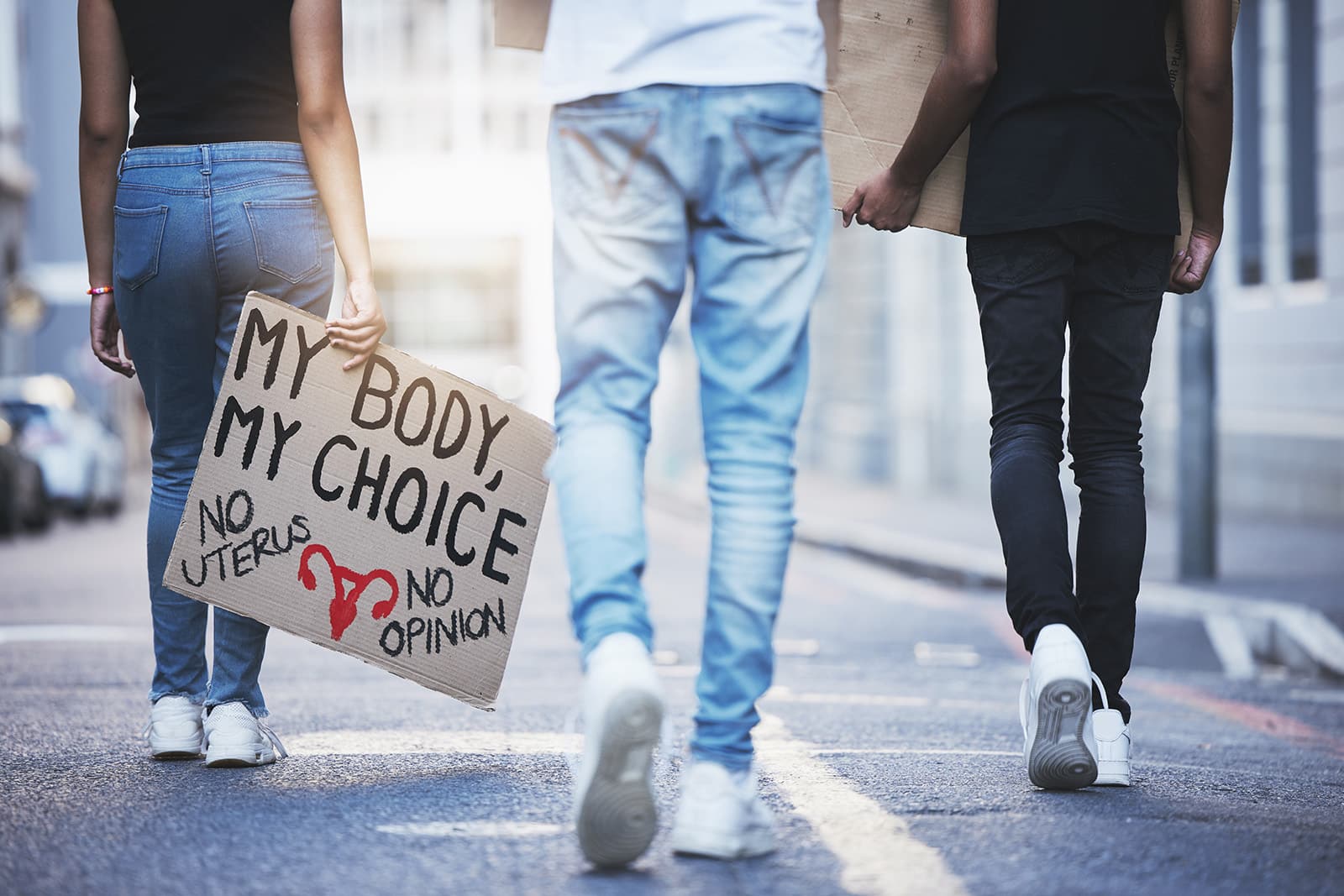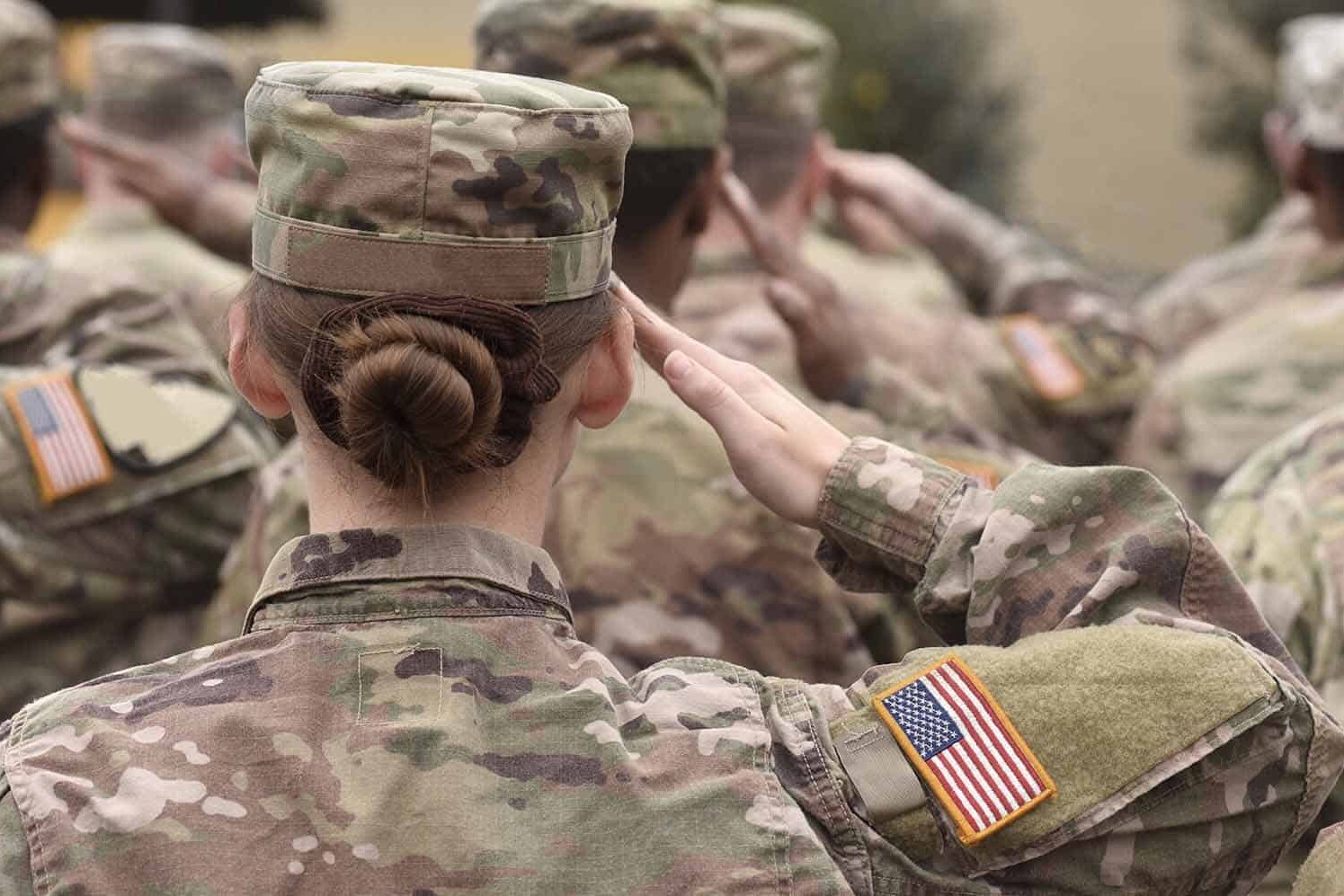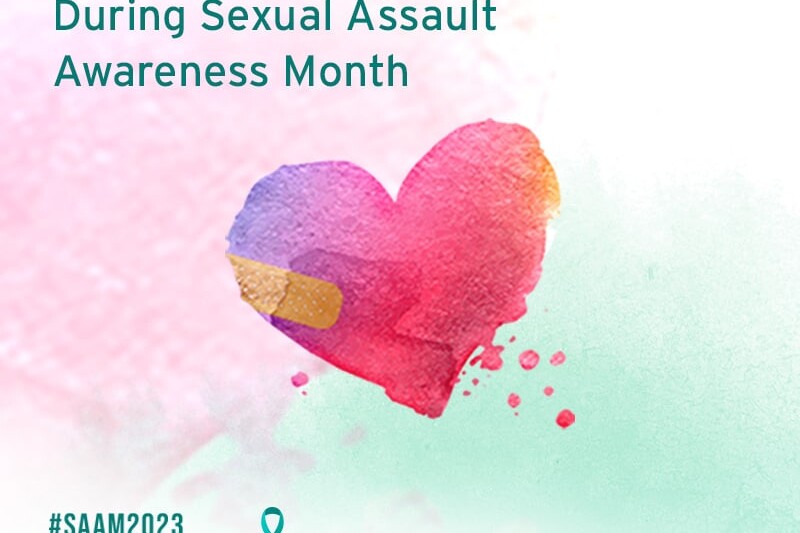One year after Dobbs: Women have to wait until their life is at risk to obtain an abortion
In the year after the U.S. Supreme Court’s Dobbs decision to overturn Roe, access to abortion has been severely restricted, and its effects have continued to grow, including more individuals having to wait till their life is at risk in order to obtain an abortion.
As a national abortion fund, the Women’s Reproductive Rights Assistance Project has been on the forefront of efforts to ensure that abortion access and services continue to be available, especially to pregnant people in states where abortion access has been banned or severely restricted.
Abortion After Dobbs
We work with a network of more than 700 clinics and doctors to help pay for abortions and emergency contraception in all 50 states. The volume of requests for assistance we receive has tripled in the last year and the costs have increased based on the need to travel. Recently, we had a patient who had to travel from Ohio that had fetal anomalies. The cost for their procedure was $6,000 which they could not afford and WRRAP was able to fund this individual.
We hear desperate stories like these daily — especially with continued anti-abortion legislation happening in states across the US. Abortion is banned in 13 states (Alabama, Arkansas, Idaho, Kentucky, Louisiana, Missouri, Mississippi, North Dakota, Oklahoma, South Dakota, Texas Tennessee, and West Virginia), and abortion care is unavailable in Wisconsin and 6 states are enforcing bans that would have been unconstitutional under Roe. More than 16.5 million people who may need an abortion have no access in their state according to the Guttmacher Institute.
People seeking reproductive care in those states face a mountain of stress. Each day they are denied abortion care, the cost goes up. Not everyone can afford to leave their state due to financial and other reasons. Low-income individuals have little or no financial resources, and often no support from the partner involved in the pregnancy. In so many cases, they recognize that they can’t afford to raise a child but are also unable to pay the full cost of abortion or emergency contraception. For many who seek funding WRRAP has been able to pivot our funding to fund the abortion pill by mail in order to increase access, reduce cost and provide privacy.
Those who can’t find the funding end up having to go through an unwanted pregnancy. The others — increasingly, those traveling from the South and Midwest to states that are relatively close or cheap to get to including California, New Mexico and Illinois — come to groups like ours. That means greater demand for the procedure in the Western states absorbing the impact of the new laws, and greater costs for patients the longer they have to wait.
Californians are fortunate that our state has enshrined in statute protections for abortion as a fundamental right. Yet California and other abortion friendly states will also have individuals who face just as many barriers in accessing care. Only California and six other states — Connecticut, Hawaii, New York, Oregon, Vermont and Washington — will guarantee the right to abortion by state constitutional provision or laws.
More Financial Support is Needed
If abortion rights become even more restricted in more states, more individuals will need financial support to get abortion care in states that allow it. Since the beginning of the new year, there has been a significant decrease in donations to abortion funds yet our work and funding has become increasingly more important for abortion care.
In 2022, WRRAP funded 6,010 people across the country at a total cost of $1,049,205. Of those, 73 percent were people of color, 52 percent were unemployed and 6 percent were under age 18. We expect to increase our assistance by 48 percent this year to meet growing demand.
Even with help from organizations like mine, thousands of patients still find it impossible to obtain reproductive healthcare without a struggle, including dealing with the burden of traveling long distances to find a clinic or worries about taking time away from work and family-for WRRAP travel increased to 38 percent this past year, up from 24 percent the prior year. Some won’t seek services over concerns such as their immigration status.
We all need to do more than watch state legislatures take away abortion rights, hoping the Supreme Court will maintain constitutional principles. We need to have more telemedicine shield laws passed; we need businesses to support reproductive care and provide health insurance to cover abortions for their employees. We need to vote for candidates who will support reproductive rights at the local, state and federal levels and we need to have more male allies recognize that this fight requires everybody. And we need to destigmatize abortions by continuing to talk about them as what they are: safe medical procedures that nearly one in four U.S. women will have by the age of 45. Ultimately, the birth control pill and the abortion pills should be over the counter in order to provide the most access to everyone.
Written by:
Sylvia Ghazarian, Executive Director of WRRAP
Column first appeared in The Augusta Free Press
Sylvia Ghazarian
Sylvia Ghazarian is the Executive Director of WRRAP. She leads WRRAP to successfully achieve its mission — ensuring that financially-disadvantaged individuals of all ages, ethnicities, cultural backgrounds, gender identities, and sexual orientations can access abortion care and emergency contraception. A dedicated community activist and leader, Sylvia has been appointed by the Mayor of Los Angeles for over 12 years to chair the Commission on the Status of Women (COSW), investigating and advocating at a policy level on issues related to healthcare, poverty, domestic and sexual violence, rape, human trafficking, homelessness, data collection, child care and early development, and mental health.
